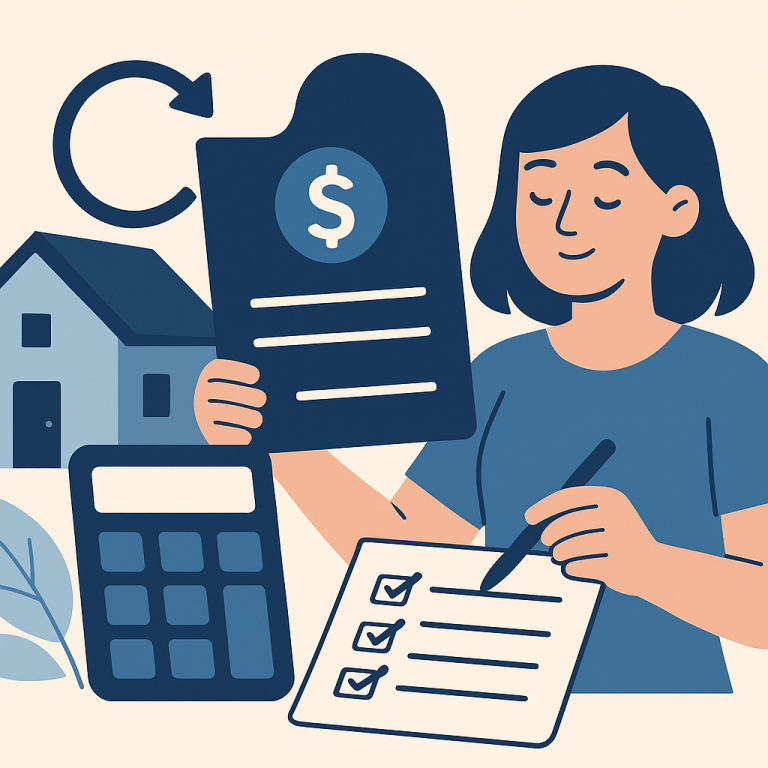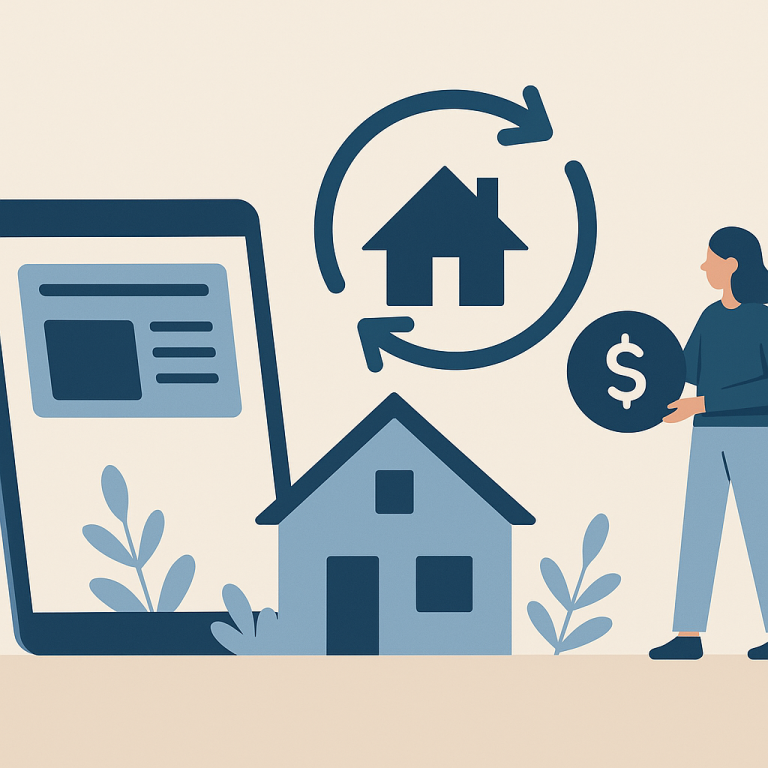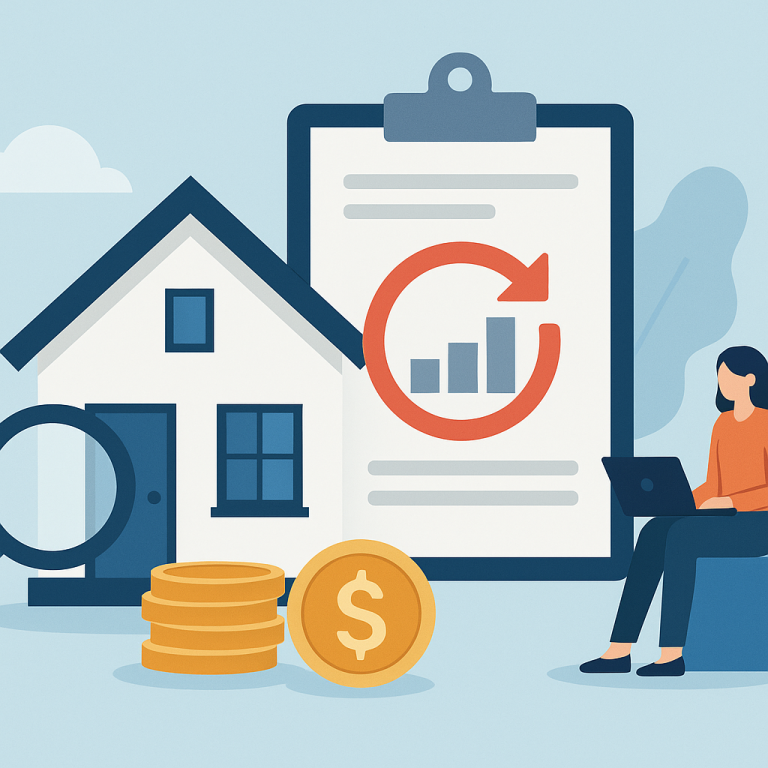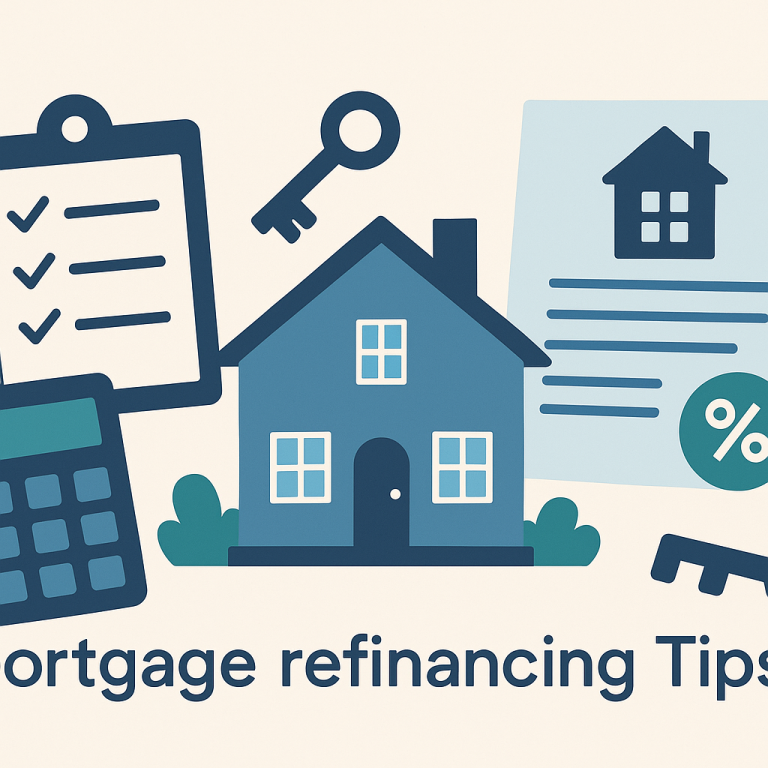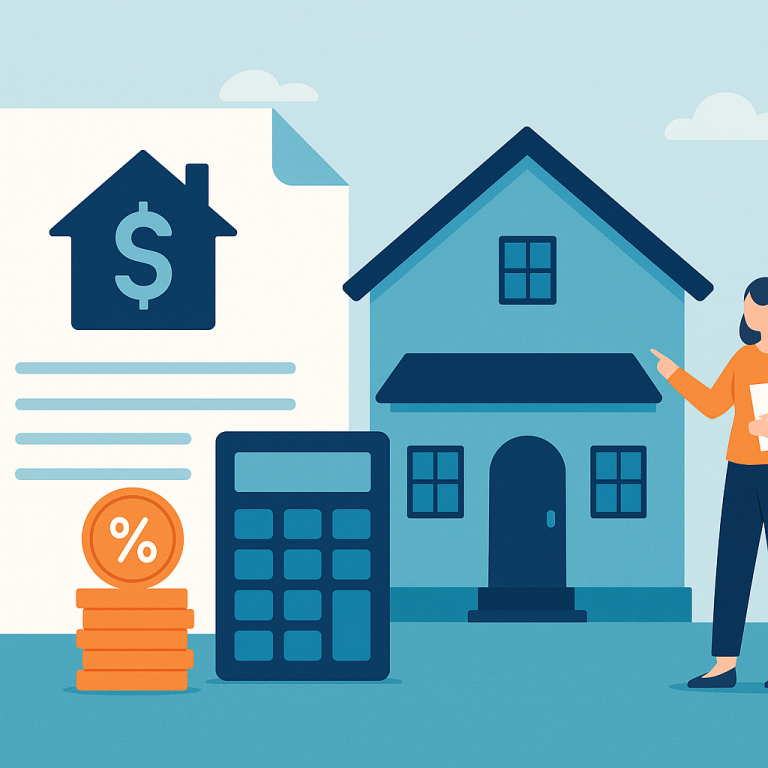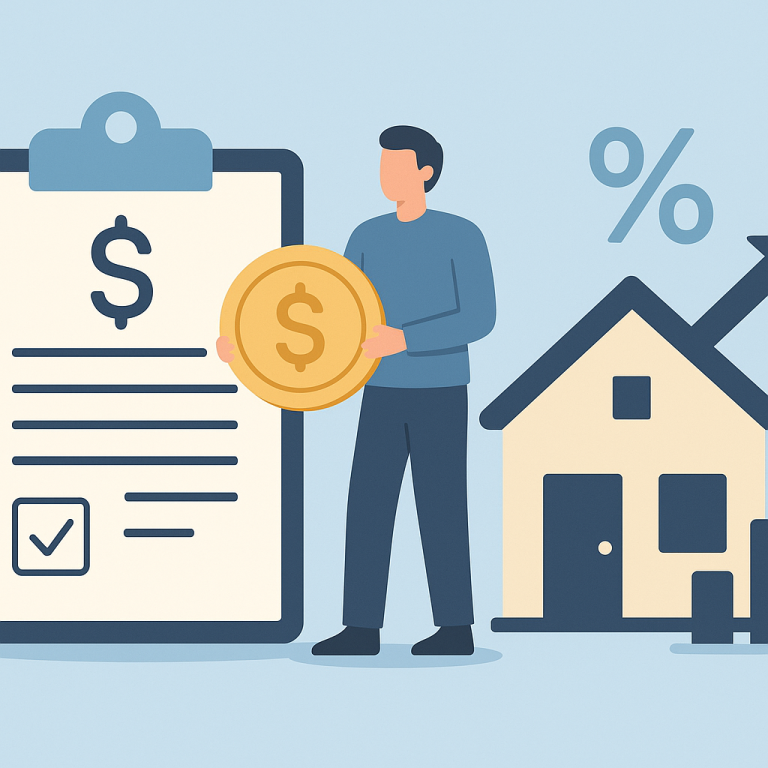Refinance guide mortgage recast vs refinance which is better
Mortgage recast vs refinance: Which is better?
When you want to lower your monthly mortgage payment or reduce the total interest you pay over time, two common options are a mortgage recast and a refinance. Both can save money in different situations. Understanding how each works, the benefits and trade-offs, typical costs, and the steps involved will help you choose the right path for your goals.
What each option is and when it makes sense
What is a mortgage recast?
A mortgage recast (sometimes called a reamortization) lets you make a large lump-sum payment toward your principal and then have the lender recalculate your monthly payment based on the lower balance while keeping your existing interest rate and remaining loan term. The loan’s terms and interest rate don’t change—only the payment amount does.
When it makes sense: You have a significant amount of cash (e.g., from savings, a bonus, or an inheritance) and want a lower monthly payment without changing your interest rate or extending the loan term. Recasting is most common with conventional fixed-rate mortgages.
What is a refinance?
A refinance replaces your current mortgage with a new loan. You can refinance to a lower interest rate, change loan types (e.g., from adjustable-rate to fixed-rate), shorten or lengthen the loan term, or take cash out of your equity.
When it makes sense: Current market interest rates are meaningfully lower than your loan’s rate, you want to convert to a different loan type or term, or you want to pull cash out of your home’s equity. Refinancing is appropriate when the expected savings exceed the costs of getting a new loan.
Benefits and drawbacks
Mortgage recast — benefits
- Low cost compared with refinancing (usually small administrative fee).
- No mortgage application or underwriting—no impact to loan rate or term.
- Faster process—often completed in a few weeks.
- Reduces monthly payments immediately while leaving current interest rate intact.
Mortgage recast — drawbacks
- Requires a large lump-sum principal payment to achieve meaningful savings.
- Not all loan types are eligible (FHA, VA, or loans sold to certain investors may not allow recast).
- Doesn’t reduce your interest rate—if your rate is high, a recast won’t capture lower market rates.
Refinance — benefits
- Can reduce your interest rate and monthly payment, potentially saving tens of thousands in interest.
- Allows you to change loan term or type (e.g., shorten to 15 years to pay less interest; switch to fixed-rate for stability).
- Cash-out refinances provide access to home equity for renovations, debt consolidation, or other needs.
Refinance — drawbacks
- Closing costs can be substantial (2–5% of loan amount), which must be recouped via monthly savings.
- Process takes longer and involves underwriting, credit checks, appraisal, and closing.
- Refinancing to a new longer-term loan can increase total interest paid even if monthly payments drop.
Costs and fees
Typical costs differ sharply between the two:
- Recast: Administrative fee charged by the lender—commonly $150 to $500. No appraisal, underwriting, or title work in most cases.
- Refinance: Closing costs typically run 2%–5% of the loan amount. Expect fees for appraisal, title insurance, loan origination, credit report, recording fees, and possibly prepaid interest or escrows. There may be penalties on your current mortgage if you have a prepayment penalty (less common on modern loans).
Always ask for a Good Faith Estimate (GFE) or Loan Estimate for refinances and a fee breakdown for recasts before proceeding.
Step-by-step process
Mortgage recast
- Contact your lender to confirm whether your loan is eligible for a recast and ask about minimum lump-sum requirements and fees.
- Decide how much principal you can or want to pay as a lump sum.
- Submit the payment to your lender following their instructions (certified check, wire transfer, etc.).
- Lender recalculates the amortization schedule and issues a new payment amount and payment schedule.
- Start making the new, lower monthly payments on the next due date provided.
Refinance
- Shop lenders and compare rates, fees, and loan terms. Ask for Loan Estimates from multiple lenders.
- Apply for the new loan—submit documentation on income, assets, credit, and property details.
- Undergo underwriting, appraisal, and title search.
- Review closing disclosure and attend closing to sign documents, pay closing costs, and finalize the new loan.
- New lender pays off your old mortgage; you begin payments on the new loan according to its terms.
Common pitfalls to avoid
- Assuming recast and refinance deliver the same outcome—recast doesn’t change your interest rate; refinance does.
- Failing to calculate the break-even point for a refinance. If closing costs exceed the value of monthly savings within your expected tenure in the home, refinancing may not make sense.
- Using most of your emergency savings for a recast—maintain an emergency fund after making a large lump-sum payment.
- Ignoring loan eligibility rules—some loans (FHA/VA/Jumbo) may have restrictions or minimums for recasts or different refinance requirements.
- Overlooking prepayment penalties or early payoff fees on your current mortgage (rare but possible).
Short FAQ
Will a recast lower my interest rate?
No. A recast reduces the loan balance and monthly payment by reamortizing, but it does not change the interest rate or loan term.
How much do I need to save by refinancing to justify the costs?
Calculate the break-even period: divide the refinance closing costs by the monthly savings. If you plan to stay in the home longer than that period, refinancing is more likely to pay off.
Can I recast after refinancing?
Yes—if your new loan allows recasts. Some borrowers refinance to a lower rate and then make a lump-sum payment later to recast and further lower monthly payments. Confirm recast policies with the lender first.
Which option saves more over time: recast or refinance?
It depends. If rates are significantly lower than your current rate, refinance usually saves more long-term interest. If you want quick, low-cost payment relief and already have a low rate, recast can be an efficient choice.
META: meta_title=”Mortgage recast vs refinance: Which is better?” meta_description=”Compare mortgage recast and refinance to decide which is best for lowering monthly payments or long-term interest. Learn benefits, costs, steps, and common pitfalls.” keywords=”mortgage recast, refinance, refinance vs recast, mortgage options, home loan savings”

